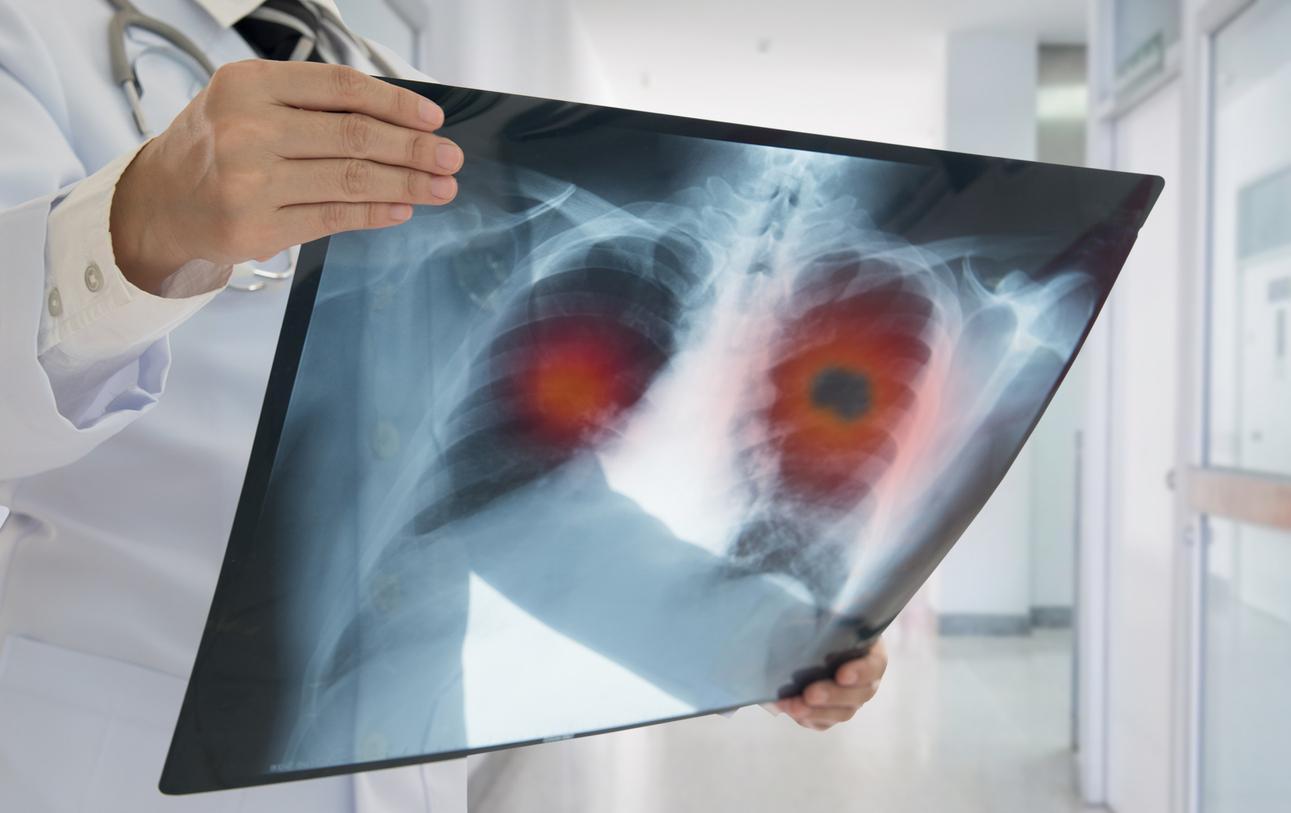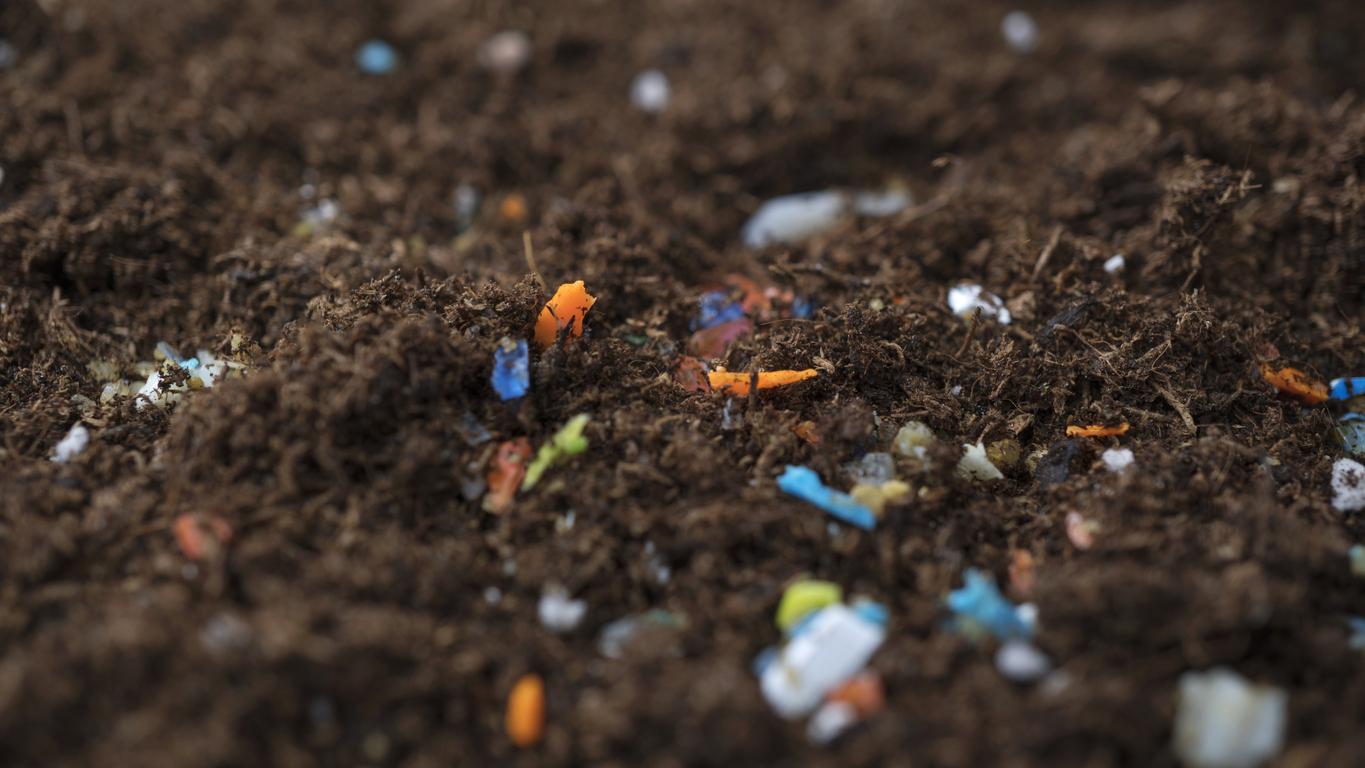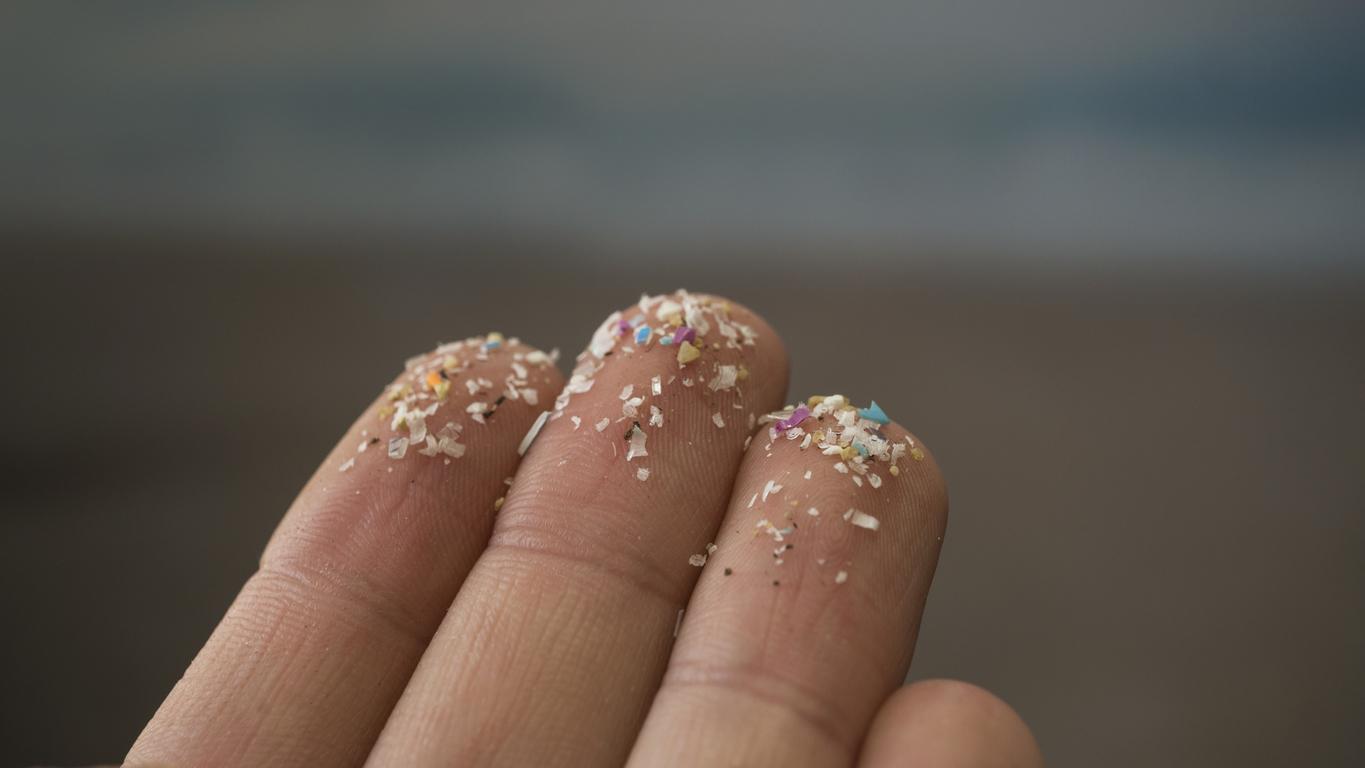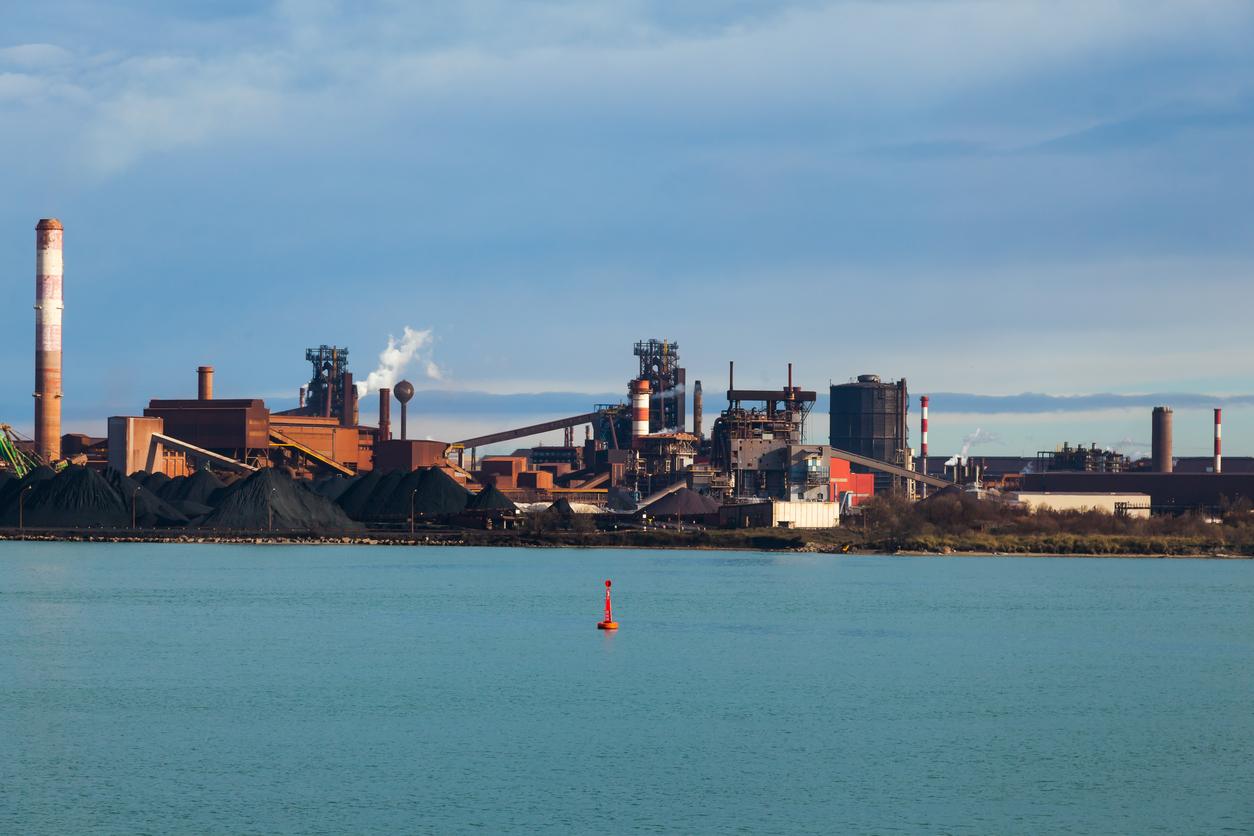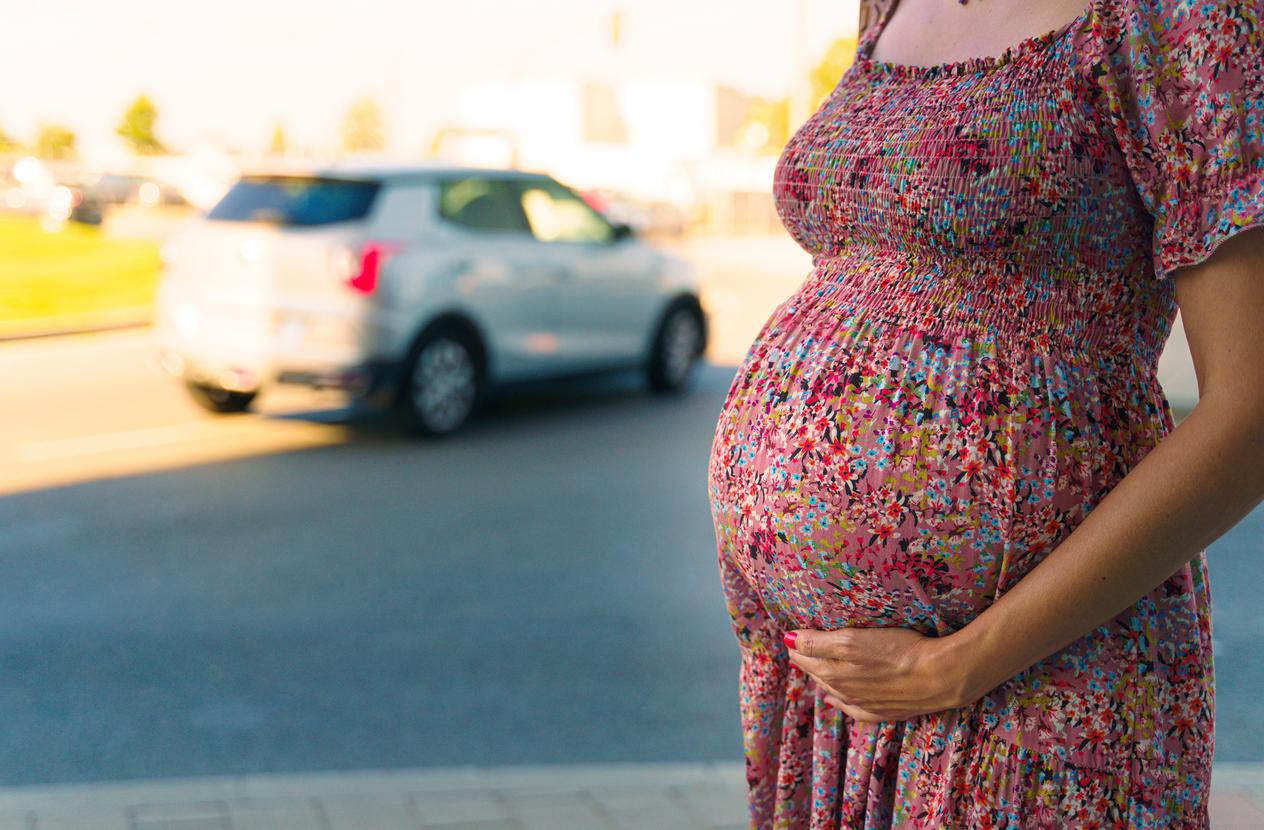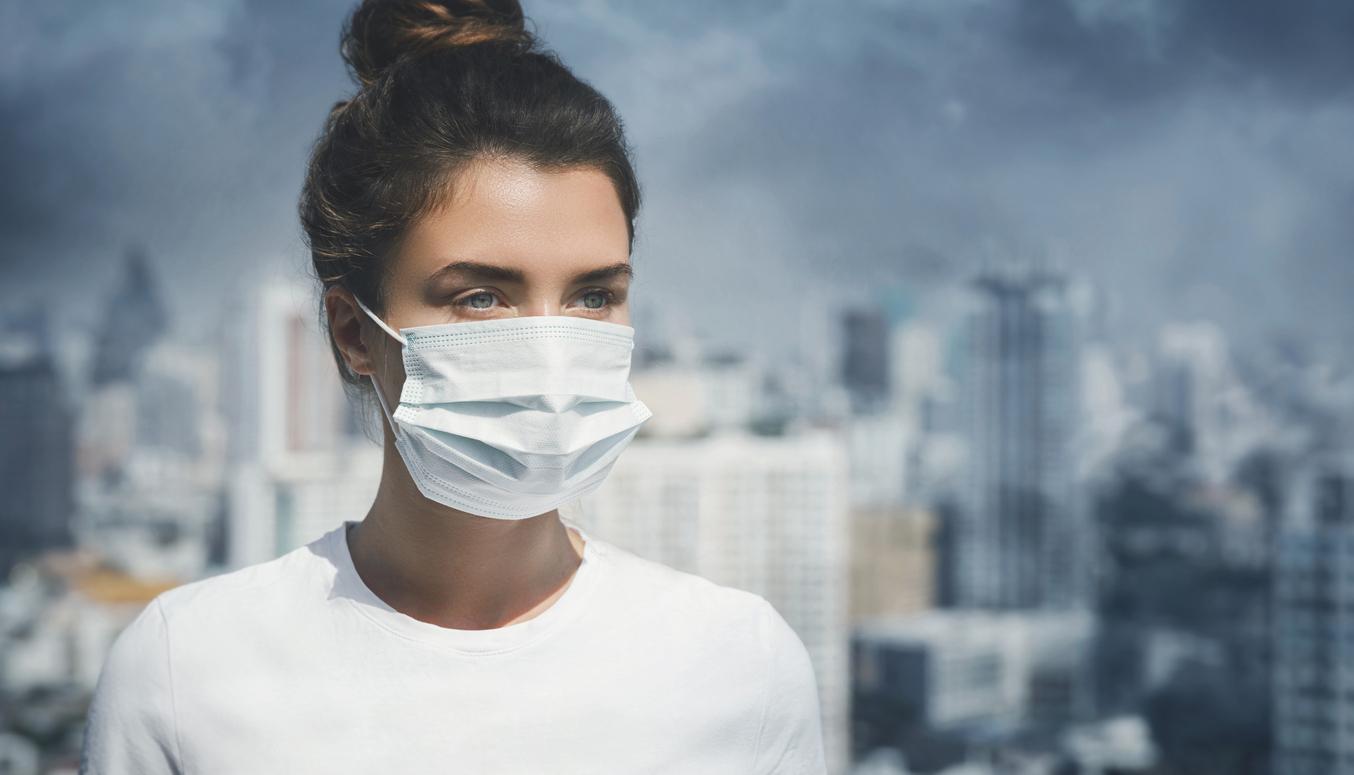On Monday March 9, the Respire association published a new map of pollution around the 12,520 schools in Ile-de-France. Despite some notable progress, the “situation remains worrying”, she warns.
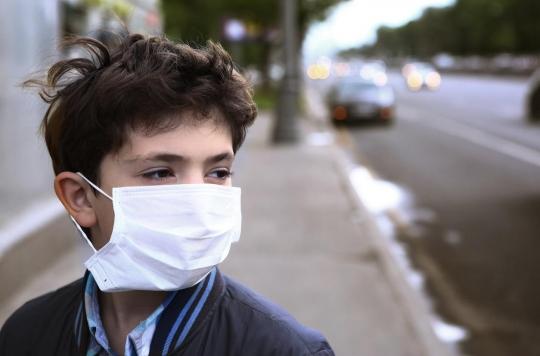
- Nitrogen dioxide and fine particle levels have dropped around schools in Ile de France
- For the Respire association, these rates remain “worrying”
- A study published in early March estimates the loss of life expectancy due to air pollution at 3 years
“Despite the improvements, the situation remains concern in and around the capital”. Monday, March 9, the Respire association has published a new pollution map around the 12,520 schools in Ile-de-France. This is based on the 2018 data available.
The association is particularly concerned about nitrogen dioxide (NO2), whose regulatory thresholds are exceeded in 467 establishments (350 in Paris, 104 in the inner suburbs and 13 in the outer suburbs). We can still see a big improvement compared to 2014 when they were exceeded in 1,140 Parisian establishments. In 2017, they were in 643 establishments in Ile-de-France. “High concentrations of NO2 are related to road traffic, and more than 90% to diesel vehicles (…) The decrease observed is linked to a decrease in traffic and a change in the car fleet”comments the association.
Regarding fine particles, (PM2.5 and PM10), “100% of establishments are below the legal thresholds” corn “there is a clear difference between the regulatory thresholds and the WHO recommendations, whereas these thresholds are identical for NO2“, recalls Breathe. As a result, “a very large number of establishments remain exposed to values exceeding the thresholds recommended by the WHO” : 100% for PM2.5 and 78% for PM10 in Paris, 100% for PM2.5 and 35% for PM10 in the inner suburbs. “In addition, there is still no measurement for even finer particles (PM1 or below) while scientists indicate that these are the most dangerous molecules”laments Breathe.
A call for municipal candidates
In conclusion, “mdespite the improvements, the situation remains worrying in and around the capital (…) For this reason, we must continue to reduce road traffic around schools, mainlytop sources of NO pollution2”, explains the association, which therefore invites candidates for municipal elections to propose “ambitious actions on this subject”.
In the meantime, Respire has organized actions in the past few days in around fifty schools with parents of students and several partners. “For each school where they are mobilized, the parents ask for concrete and local measures, such as the pedestrianization of certain streets, the creation of zones with soft traffic, streets for children, the installation of parking spaces for bicycles, the installation of speed bumps, traffic plans that discourage through traffic, greening around schools, air quality audits, etc.notes the association.
A global loss of three years of life expectancy
The negative effects of air pollution are numerous and regularly demonstrated by scientists. It increases the risk of heart attacks and miscarriages, weakens bones, worsens acne, disrupts menstruation, among other harmful consequences. According to a study published on March 3 in the journal Cardiovascular Research from the European Society of Cardiology, air pollution is responsible for a three-year reduction in global life expectancy. “The consequences of air pollution on cardiovascular disease and other non-communicable diseases have been significantly underestimated”warn the researchers.
According to them, it causes 8.8 million premature deaths per year, more than tobacco, which killed 7.2 million people in 2015. It is also 19 times more than malaria, nine times more than HIV and three times more than alcohol.
.








